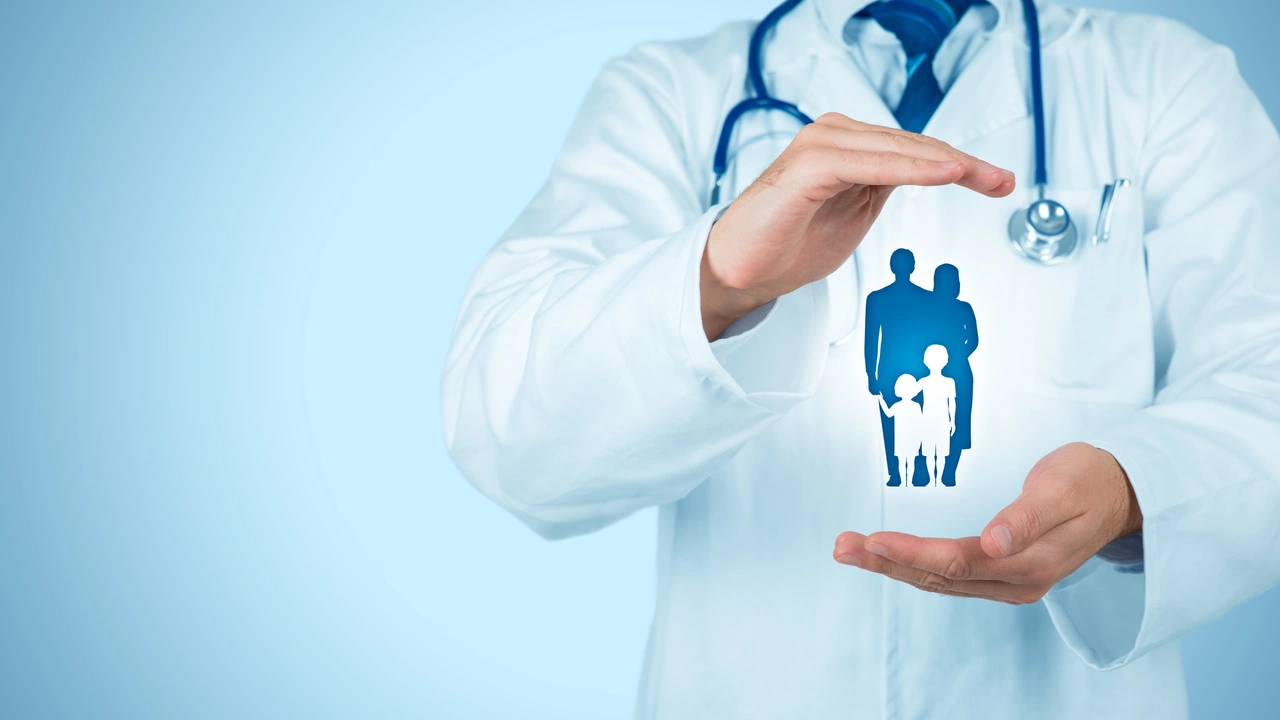Navigating through the costs and insurance coverage for Hodgkin's Disease can be tricky. Insurance policies vary widely, and understanding the specifics of your plan is crucial when it comes to this serious illness. It's important to determine what treatments are covered, the extent of the coverage, and what out-of-pocket costs you may incur. Some may be surprised to find that certain procedures or medications aren't covered. Navigating these complexities is key to managing the financial aspects of this disease.
Hodgkin's disease: what to watch for and what to expect
Hodgkin's disease (Hodgkin lymphoma) is a blood cancer that usually starts in lymph nodes. The good news: many people are cured, especially when caught early. This page gives clear, practical facts you can use right away—what symptoms should make you see a doctor, what tests doctors order, common treatments, and simple tips for managing side effects.
How doctors diagnose Hodgkin's disease
If you notice painless swollen lymph nodes in your neck, armpit, or groin that don’t go away in a few weeks, tell your doctor. Other warning signs include unexplained fevers, night sweats that soak your sheets, unexplained weight loss, and persistent itching. Blood tests can show inflammation or abnormal blood counts but don’t confirm the disease.
The key test is a lymph node biopsy. A pathologist looks for Reed-Sternberg cells, which point to Hodgkin lymphoma. After that, imaging like CT or PET-CT scans help stage the disease by showing how many lymph areas are involved and whether organs are affected. Staging guides treatment choices and gives a sense of prognosis.
Common treatments and what to expect
Treatment depends on the stage and subtype. Early-stage disease often gets combination chemotherapy plus targeted radiation to the affected area. A common chemo regimen is ABVD (doxorubicin, bleomycin, vinblastine, dacarbazine). Advanced stages usually need longer chemo courses and sometimes targeted drugs.
For relapsed or refractory cases, doctors may use high-dose chemo with stem cell transplant or newer medicines like brentuximab vedotin (a targeted antibody-drug) and immune checkpoint inhibitors such as nivolumab or pembrolizumab. These newer options have changed outcomes for many people who didn’t respond to first treatments.
Side effects vary by drug: chemo can cause hair loss, low blood counts, nausea, and fatigue; radiation can cause local skin changes and fatigue. Some drugs have specific risks—bleomycin can affect the lungs, so your team will monitor lung function. Ask your oncologist about fertility preservation if you may want children later.
Follow-up care matters. After treatment, regular visits include physical exams, occasional scans, and blood tests. Long-term survivors need checks for late effects—heart or lung issues, secondary cancers, or hormone problems—so keep all follow-up appointments.
Want practical tips? Keep a symptom diary to track fevers, sweats, and energy levels. Stay active within your limits; light walking helps fatigue. Eat protein-rich foods during chemo to support healing, and talk to a dietitian if eating is a problem. Join a local or online support group—hearing others' experiences helps more than you might expect.
If you have new shortness of breath, high fever, severe bleeding, or sudden severe pain, seek emergency care. For questions about tests, possible side effects, or clinical trials, bring a list to your appointments—ask about fertility, long-term follow-up, and survivorship resources. Hodgkin's disease is serious, but with modern care many people go on to live full lives.

